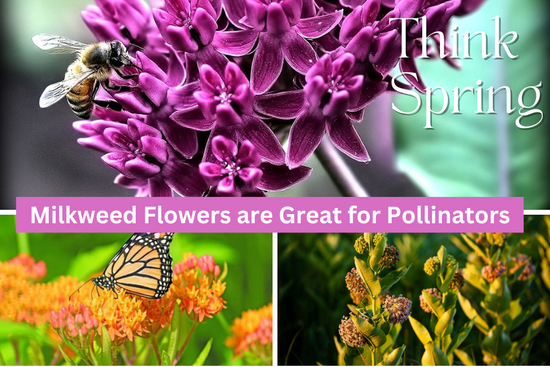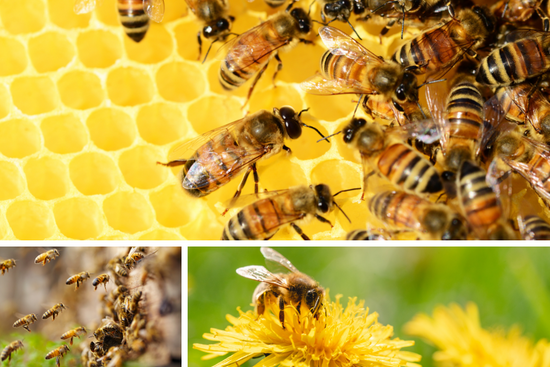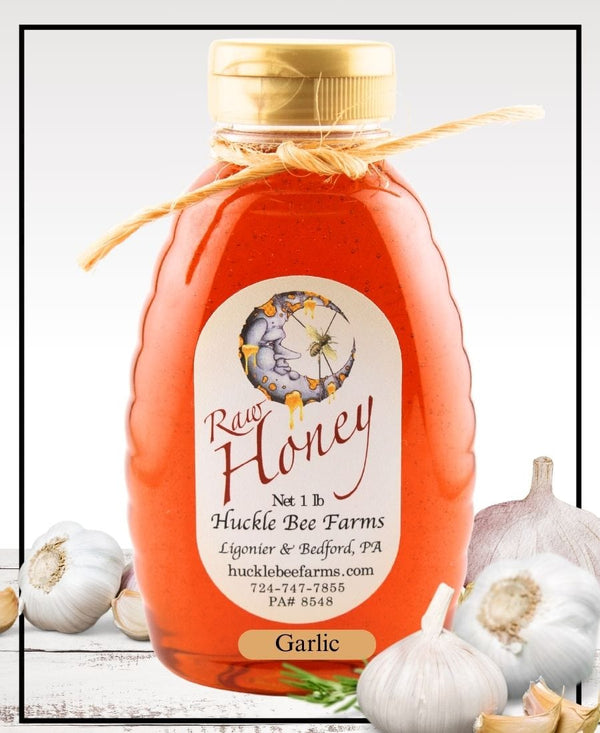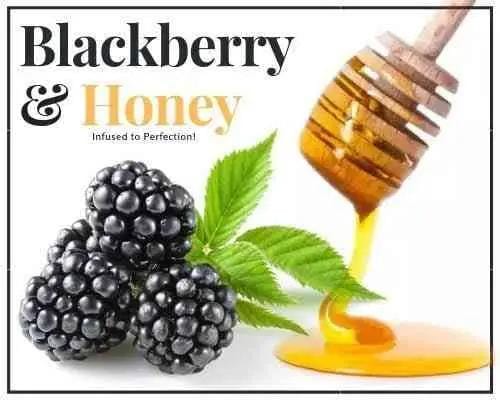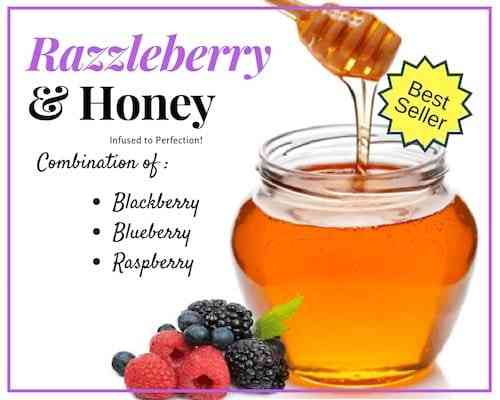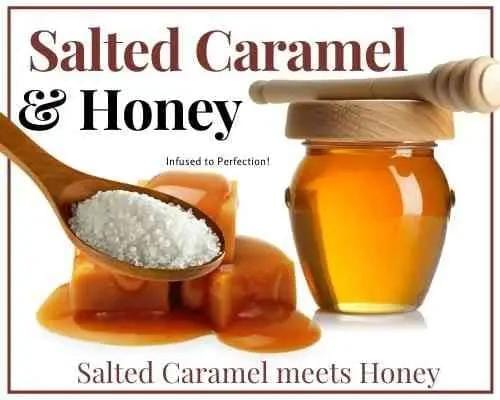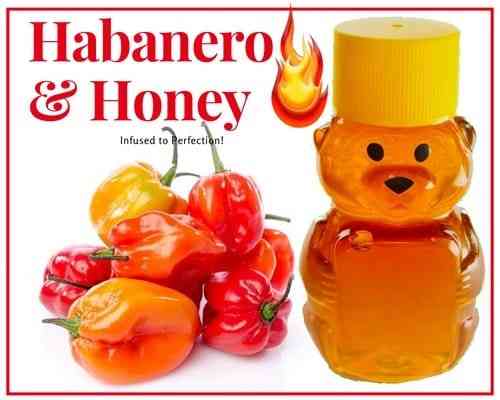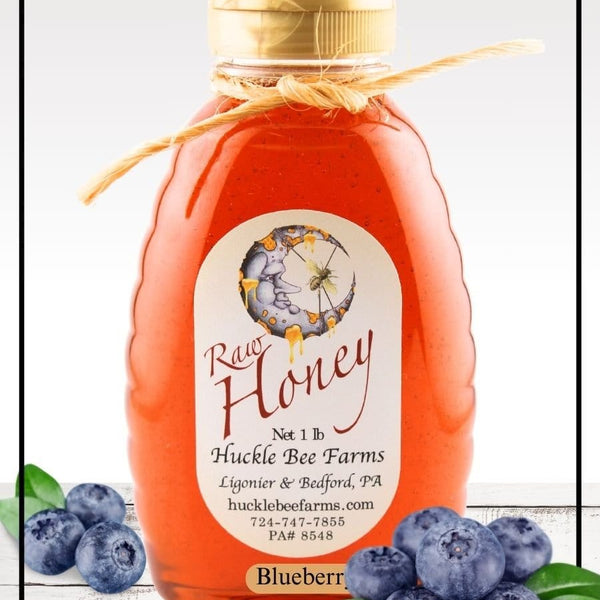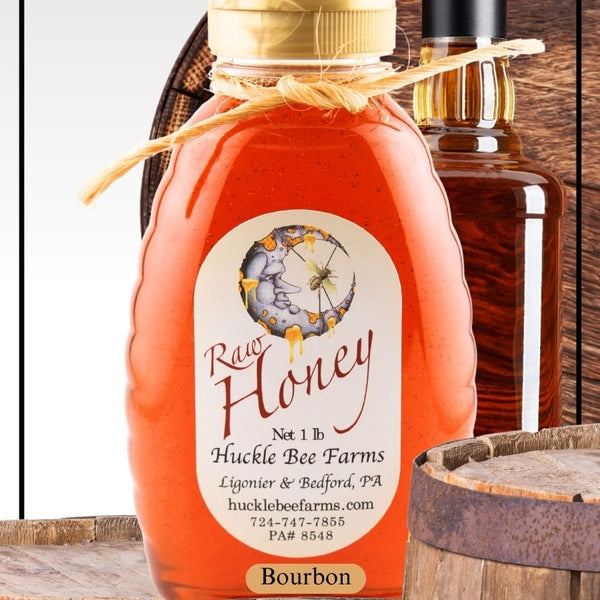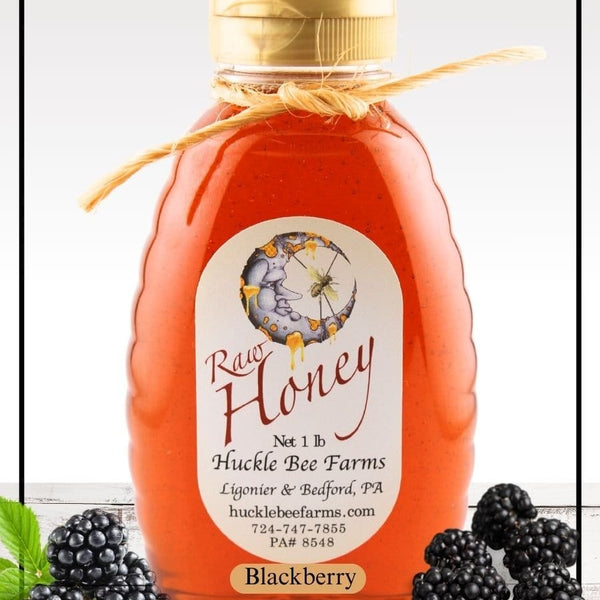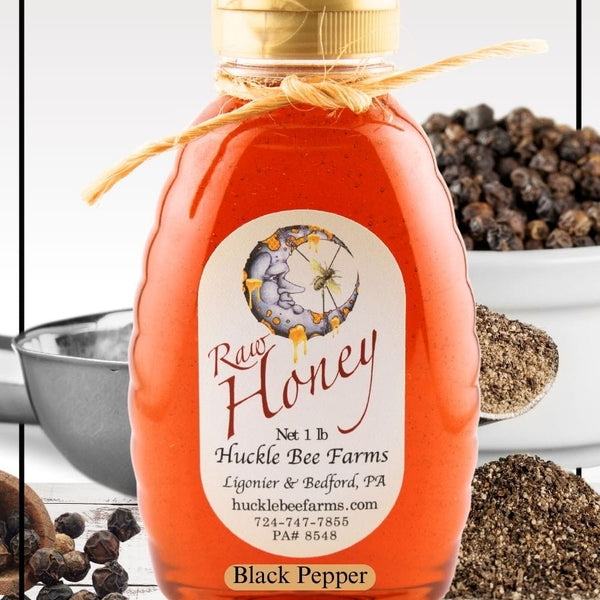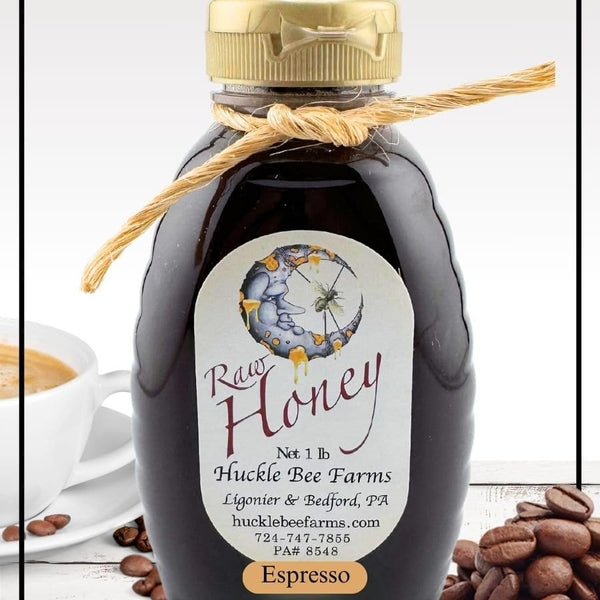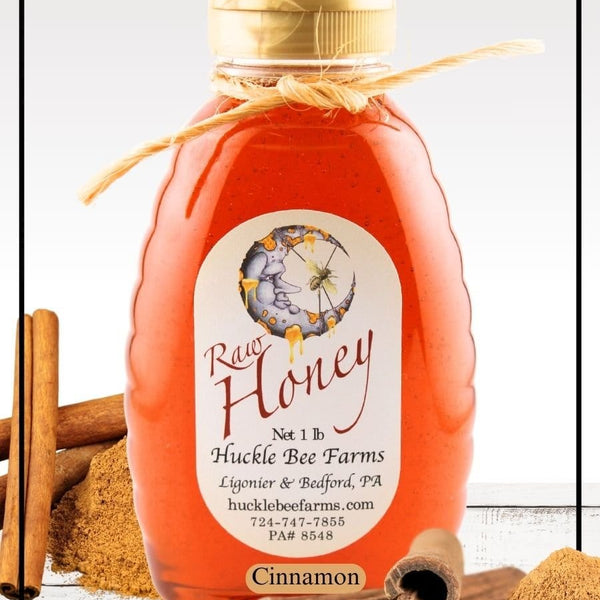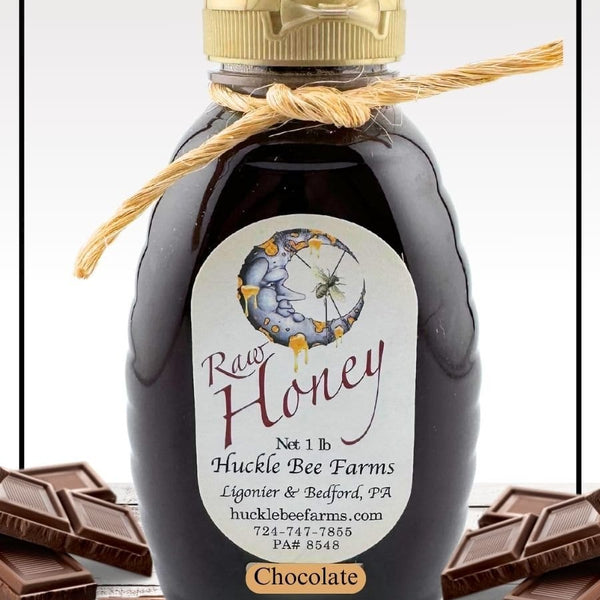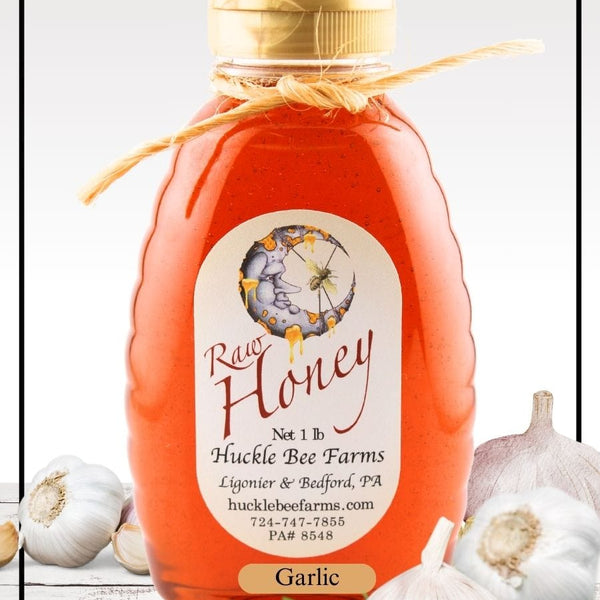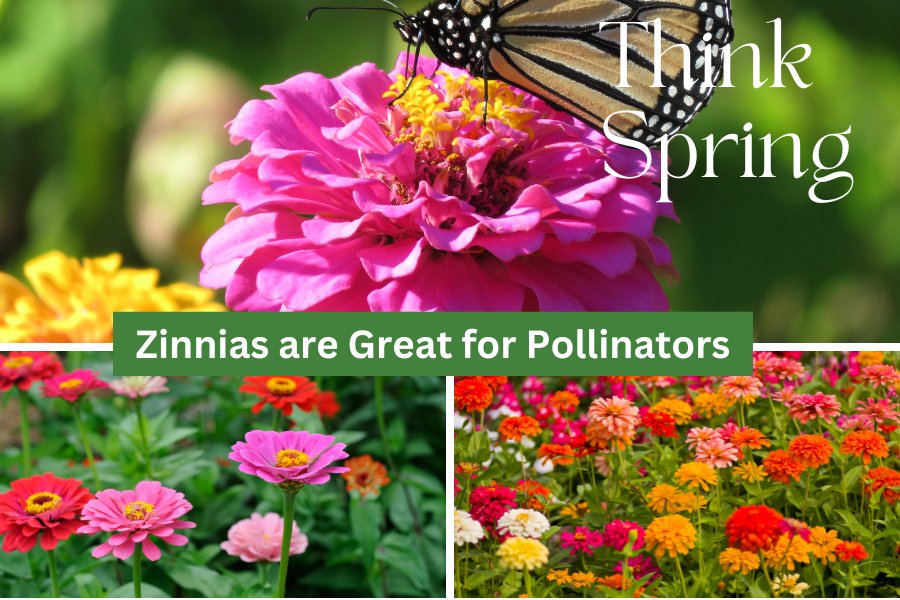
Woo Pollinators With Beautiful Zinnias
Intro
In the era we live in, where "save the bees" is more than a slogan, but a call to action for global conservation, enticing pollinators to our personal spaces through thoughtful gardening can be our contribution.
Among the varied plants that attract pollinators, zinnias stand out as pollinator friendly because of their vibrant colors and generous nectar supply, qualities our bee friends love. Perfect for pollinator health to include honey bees, butterflies and moths and also native bees. This species of plant will add joy to any garden as you watch the monarch butterfly feasting on the flowers.
Allow me to guide you on a joy-filled journey teeming with successful gardening experiences, as we explore how to transform your outdoor space into a haven for these tireless insects using the humble yet remarkable zinnia plant.

Why Zinnias Are Perfect for Pollinators
Zinnias are an exceptional choice when planning a garden for pollinators. This flowering plant boasts an extensive palette of hues and diverse array of sizes and forms that are simply irresistible to creatures like bees, butterflies, and hummingbirds. With their rich, vivid colors, zinnias act like neon signs in the insect world, beckoning these helpful critters to come and feast.
Yet, the attraction doesn't stop at the visual appeal. Zinnias also produce a generous amount of nectar, ensuring that once the pollinators arrive, they stick around.
The design of the single-flowered varieties is especially thoughtful. These provide an open, easily accessible source of pollen and nectar, which is much like offering a conveniently placed all-you-can-eat buffet for these tiny workers. Indeed, in the grand garden restaurant for pollinators, zinnias are the ultimate VIP dining experience.
Planting Zinnias: A Comedy of Errors and Triumphs
Planting Zinnias for Maximum Impact: Follow these steps to ensure a successful zinnia garden that attracts and supports pollinators:
- Select a Sunny Location: Zinnias thrive in full sunlight, so choose a spot in your garden that receives at least 6-8 hours of direct sunlight each day.
- Prepare the Soil: Zinnias prefer well-drained soil with organic matter. Amend the soil with compost to enhance fertility and drainage.
- Sow the Seeds: Zinnias can be grown from seeds directly sown into the soil or started indoors and later transplanted. Plant the seeds about 1/4 inch deep and space them according to the specific variety's recommendations.
- Watering: Keep the soil consistently moist until the seedlings are established. Once the plants are mature, allow the soil to dry out between watering to prevent root rot.
- Mulch: Apply a layer of mulch around the zinnias to conserve moisture, suppress weeds, and regulate soil temperature.
- Fertilization: Zinnias are not heavy feeders, but you can apply a balanced fertilizer once or twice during the growing season to promote healthy growth and vibrant blooms.
- Deadheading: Regularly remove spent flowers to encourage continuous blooming throughout the season.
- Harvesting Seeds for Next Season: Once the seeds are mature, cut the zinnia flower heads from the plant. Use clean and sharp scissors or pruning shears. Place the harvested zinnia seed heads in a dry and well-ventilated area. You can tie them together in small bunches or use paper bags to catch any seeds that may fall during the drying process. Place the harvested zinnia seed heads in a dry and well-ventilated area. You can tie them together in small bunches or use paper bags to catch any seeds that may fall during the drying process.
The bountiful benefits of zinnias extend far beyond their utility in pollinator attraction. Known for their vivacious colors and longevity, zinnias provide endless visual pleasure to any garden. Their bright and cheerful blooms stay vibrant all summer, ensuring a continuously stunning display.
For indoor enthusiasts, zinnias make for great cut flowers, bringing a dash of nature's hues to your home decor. The mere act of watching these colorful blooms sway gently in the summer breeze can evoke feelings of happiness and tranquility, offering a momentary escape from life's hustles.
North American overwintering site of the garden bed is perfect for butterflies to lay their eggs.

Attracting More Bees with Zinnias
Enjoying the Benefits of Zinnias
To help bees, plant different types of zinnias in a garden. This will attract bees with a variety of nectar and pollen sources, encouraging them to come back often.
Planting sunflowers, asters, and lavender in your garden can bring in more bees and help pollinators thrive. Various pollinators like different flowers, creating diversity, which is crucial for pollination.
To attract bees to your zinnia garden, provide a small water dish. Bees need water to stay cool and regulate their body temperature in the hive during hot weather. They also use water for digestion and honey production. Water plays a crucial role in the process of turning nectar into honey.
Additionally, bees use water to feed their larvae and maintain the humidity levels within their hive. Bees collect water to cool their hive and make it comfortable for themselves and their babies.
They spread the water around to control the temperature and keep it cozy. This helps the bees stay cool in the hot summer weather and provide a good home for their young. Without access to water, bees would struggle to maintain the necessary conditions for their survival and reproduction.
Furthermore, water is essential for bees to pollinate plants effectively. Bees rely on nectar and pollen as their primary food sources, and without water, they would not be able to collect and transport these vital resources. By collecting pollen, the Honey Bee ensure our survival helping plants produce the food we need. Pollination is also crucial process for plant reproduction.
To help bees stay healthy, you can put out a shallow dish or container with rocks for them to land on. This gives them a place to drink and helps them do their important work.
Give birds a shallow, clean water source in your garden to drink safely and stay longer without drowning. Implementing these strategies can help increase bee traffic in your garden, amplifying your efforts to save these critical pollinators.
Huckle Bee Farms
www.hucklebeefarms.com




